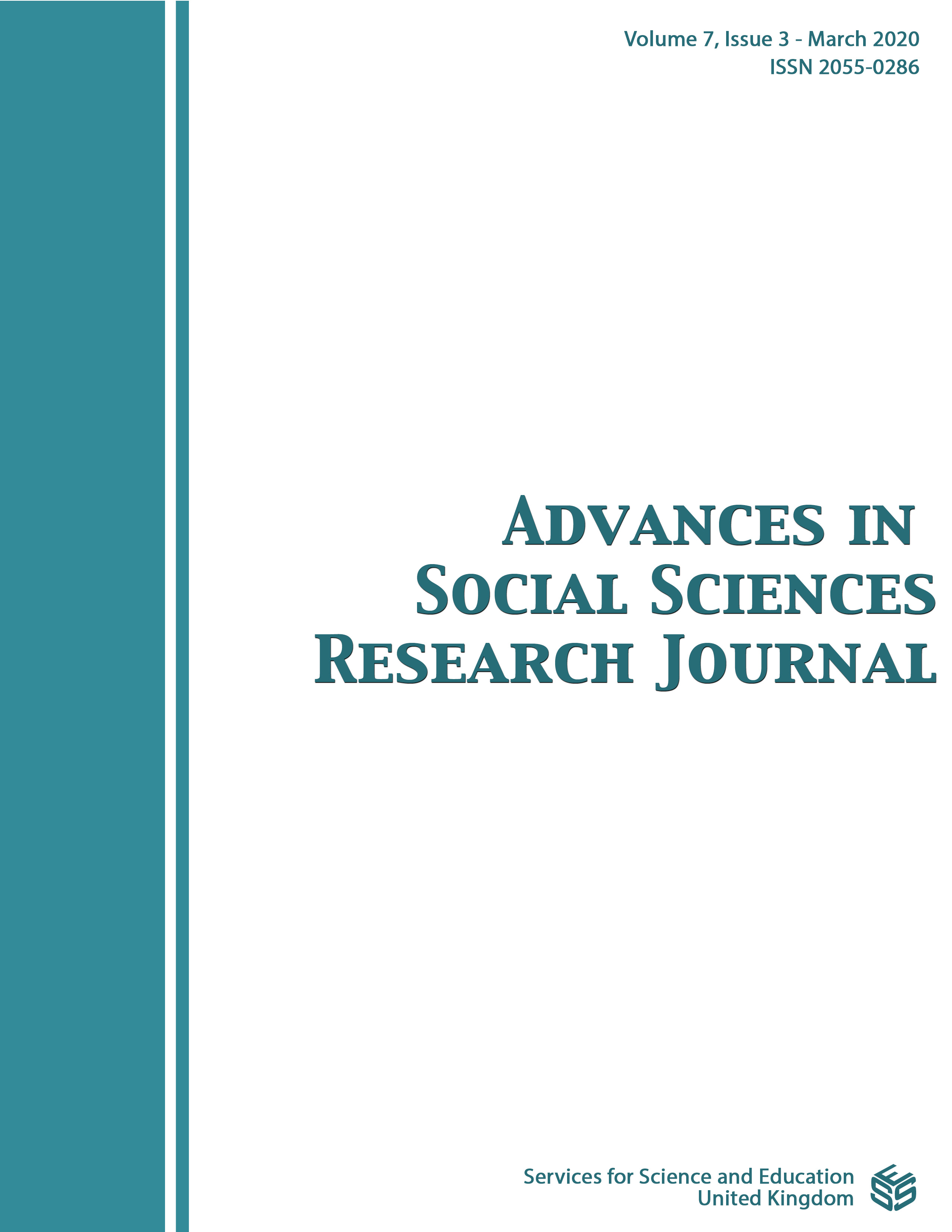Students’ perception of science teachers’ instructional strategies in Senior Secondary Schools.
DOI:
https://doi.org/10.14738/assrj.73.7829Abstract
The study focused on the perception of students on the instructional strategies used by science teachers in senior secondary schools, using descriptive research of the survey type. The participants were 540 out of 5,318 science students in Ekiti State public Senior Secondary Schools who were selected through multi-stage sampling procedure. An instrument tagged “Science Teachers’ Instructional Strategies Scale (STISS)” was used to collect data from science students across the three senatorial districts of Ekiti State. The data collected were collated and analyzed using descriptive and inferential statistics involving mean, standard deviation, Analysis of Variance and t-test. The results of the study revealed that teacher-centred and discipline-centred are the most frequently used instructional strategies by science teachers in senior secondary schools. The results further revealed that the students-centred which is the least frequently used instructional strategies by science teachers is the most alluring to science students. It was therefore recommended among others that government should organize appropriate training through workshops; conferences and seminars for science teachers to enhance professional competencies in their jobs which could as well exposed them to various strategies of teaching which are students-centred. This will help to demystify science in its entirety and simplify the perceived abstract nature of science-concepts which will in turn improve students' enrolment and attitude towards science as well as their academic performance in science to enhance national technological growth with the view of "VISION 2030" and "Sustainable Development Goal" (SDG) in mind.
Downloads
Published
How to Cite
Issue
Section
License
Authors wishing to include figures, tables, or text passages that have already been published elsewhere are required to obtain permission from the copyright owner(s) for both the print and online format and to include evidence that such permission has been granted when submitting their papers. Any material received without such evidence will be assumed to originate from the authors.






